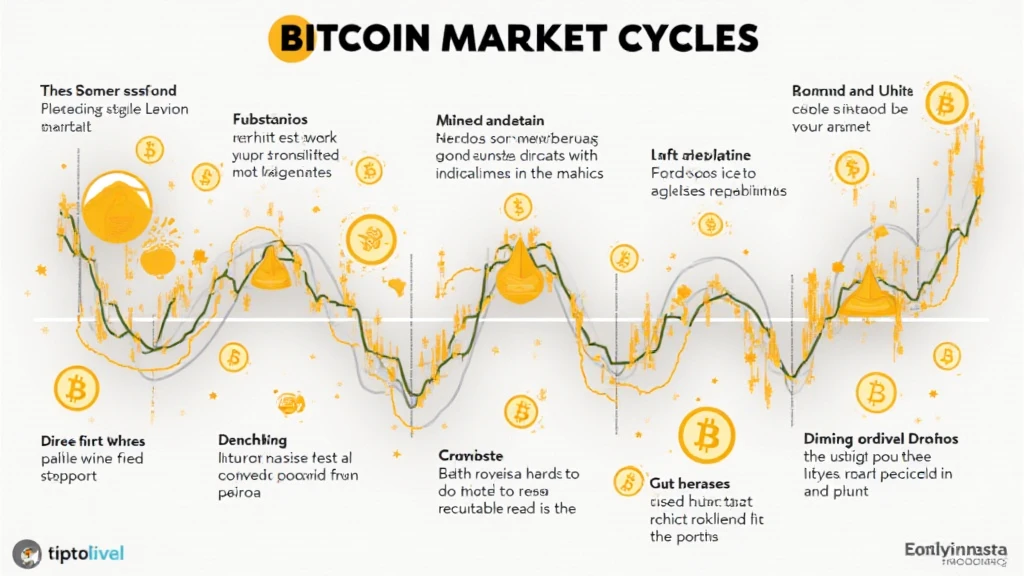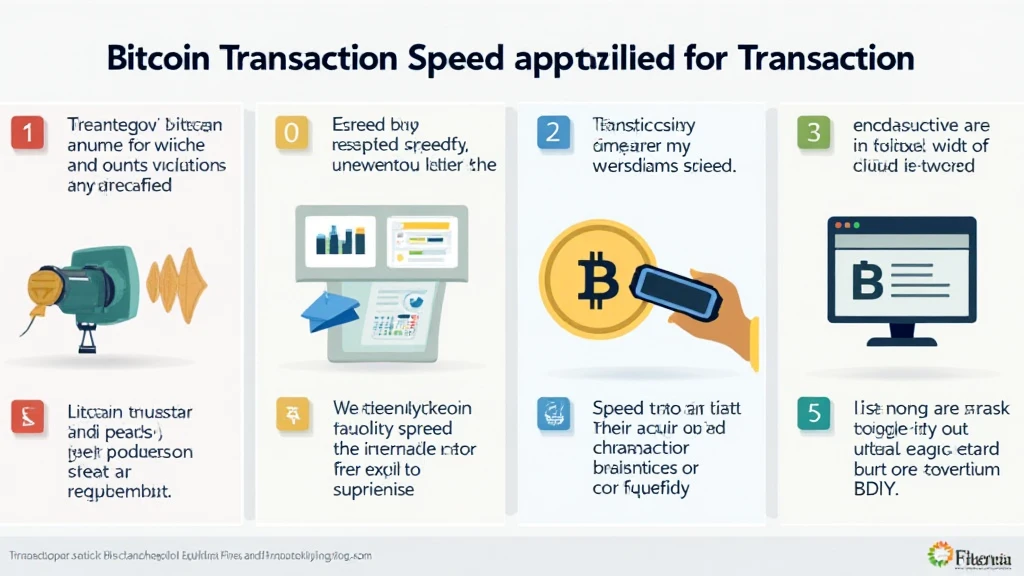Bitcoin Market Cycle Prediction: An Expert Analysis
In 2023, the global cryptocurrency market reached a staggering $1.6 trillion, a testament to the soaring interest and participation in digital assets. However, many investors often grapple with one pressing question: What are the patterns behind Bitcoin market cycles?
With significant fluctuations, such as the market plunging from an all-time high of nearly $69,000 in November 2021 to around $26,000 two years later, understanding Bitcoin market cycle prediction has never felt more essential. This comprehensive guide aims to unravel the complexities of Bitcoin cycles while placing significant emphasis on the evolving trends in the cryptocurrency landscape.
Understanding the Basics of Market Cycles
Market cycles in the cryptocurrency context can often be delineated into several key phases: accumulation, uptrend, distribution, and downtrend. Each phase is marked by distinct characteristics and investor behaviors.

- Accumulation: This phase occurs after a prolonged downtrend. Smart investors begin to acquire Bitcoin at lower prices, anticipating future growth.
- Uptrend: Characterized by growing investor interest and rising prices. Media coverage often spikes during this time.
- Distribution: Early investors start to sell off their holdings, leading to increased market supply. This can be confusing for new investors.
- Downtrend: A period of declining prices often leads to fear and panic among investors.
Data Analysis for Enhanced Predictions
Historical data can provide valuable insights into potential future movements in the Bitcoin market. For instance, a recurrent phenomenon is the four-year cycle, largely influenced by the Bitcoin halving events, which reduce the block reward miners receive for validating transactions by half.
As indicated in the following table, the price response post-halving has historically shown positive upward trends:
| Halving Date | Price Before Halving | Price After 1 Year |
|---|---|---|
| 2012-11-28 | $12.31 | $1,049 |
| 2016-07-09 | $657.61 | $2,500 |
| 2020-05-11 | $8,500 | $63,000 |
These patterns suggest that after each halving, there tends to be a significant price increase in the following year, depicting a predictable nature to the Bitcoin market cycle prediction. According to recent analyses from leading market research firms, such as Chainalysis, we could expect a similar trend in 2024-2025.
The Role of Market Sentiment
Market sentiment is another crucial factor affecting Bitcoin price cycles. Factors influencing investor sentiment include technological advancements, regulatory changes, and macroeconomic trends.
- Technological Innovations: Advances such as the implementation of the Lightning Network have improved transaction speeds, which could influence investor confidence.
- Regulatory Landscape: In Vietnam, growing regulatory clarity has encouraged more users to venture into the cryptocurrency space. Recent reports indicate a 40% increase in Vietnam’s crypto user base in the past year.
- Macroeconomic Indicators: The correlation between Bitcoin and traditional asset classes emphasizes the significance of inflation rates and stock market performance.
Using Technical Analysis for Their Benefit
With a better grasp of market cycles, employing technical analysis can significantly improve trading strategies. Here are some popular techniques:
- Moving Averages: Tracking moving averages like the 50-day or 200-day can help identify bullish or bearish trends.
- Relative Strength Index (RSI): This momentum oscillator determines overbought/oversold market conditions; an RSI above 70 could signal an impending correction.
- Fibonacci Retracement Levels: These can help project potential support and resistance levels, providing additional context for price predictions.
Long-Term Bitcoin Market Cycle Predictions
So, what does the future hold for Bitcoin? Based on current patterns and sentiment analysis, experts predict several crucial trends for the upcoming years:
- By 2025: Bitcoin is estimated to reach between $100,000 and $150,000, buoyed by widespread institutional adoption and favorable regulations.
- Altcoin Growth: During Bitcoin bull runs, altcoins often experience significant growth. Notable mentions include Ethereum and its role in DeFi, as well as emerging assets like Solana.
Global and Local Implications
The growth of the cryptocurrency market has profound implications not just on a global scale but significantly in local economies like Vietnam. As more users innovate in the blockchain space, the need for security standards, like the tiêu chuẩn an ninh blockchain, will become paramount.
As noted earlier, Vietnam’s crypto user base is nearing a critical mass, underscoring a potential trend where local governments might adopt more inclusive regulations. This shift could provide a fertile environment for further innovation and investment in the blockchain sector.
Conclusion
Navigating the complexities of Bitcoin market cycles can feel overwhelming. Yet, by recognizing historical trends, understanding market sentiment, and employing technical analysis, investors can make informed decisions as they venture into the ever-evolving world of cryptocurrency. Remember, significant changes lie ahead and knowing how to predict these cycles is key to successful investment.
As previously discussed, Bitcoin market cycle prediction is not just about understanding past patterns but adapting to new developments in technology, regulation, and user behavior, especially in markets like Vietnam. Keep these insights close, and stay ahead in this exciting domain.
For more comprehensive analysis and updates, visit cryptocoinnewstoday.
Author: Dr. John Doe, a blockchain researcher with over 15 publications in the field and a leader in the audit of several major decentralized finance projects.





